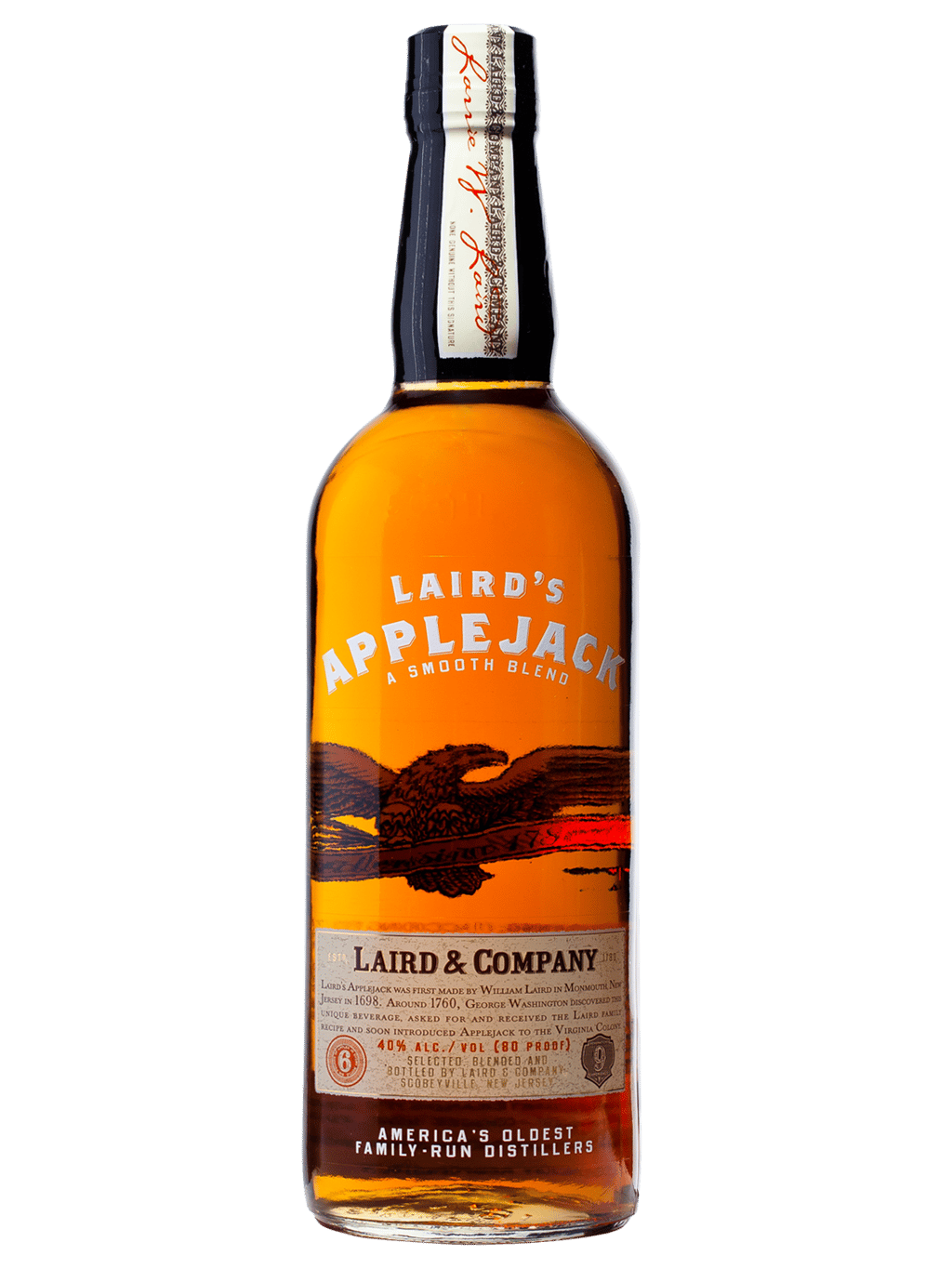
By heating fermented cider in a large, air-tight copper kettle, with its accompanying “worm” or distilling coil immersed in cold water, a farmer was able to isolate and vaporize (distill) the alcohol from the fermented fruit back into its liquid form. In the decades before the American Revolution, colonists brought cider presses and simple stills with them to the New World.
#Applejack liquors crack
The resulting unfrozen liquid, however, was a crude and powerful drink, whose effect, it’s been noted, was like “a crack on the head with a hammer.” The word “applejack” itself is said to have been derived from the term “jacking,” an early term for freeze distillation. The layers of ice were removed and the liquid allowed to re-freeze-sometimes three or four more times-to concentrate the alcohol. Early settlers quickly came to favor cider and cider brandy, or “applejack,” which was traditionally made by allowing “hard,” or fermented, apple cider to freeze outside during the winter months. After a harvest, surplus apples were pressed into cider, which was plentiful and cheap. Around the globe, it was often the first tree fruit planted and cultivated in any newly acquired territory.ĭuring the early Colonial Era in America, apple seeds from Europe were planted extensively, and almost every farm in the New World soon had its own apple orchard. Its health and medicinal qualities were so highly considered that wherever colonization occurred, the apple was sure to follow. Since Adam and Eve, the apple has been closely identified with man’s existence.

Here in the Hudson Valley, where it boasts a rich and generations-long tradition, this natural and potent by-product of orchard fruit farming was once revered as “cider brandy,” “apple whiskey,” or just plain “apple.” For nearly two centuries it was renowned as the beverage of choice throughout New York State. “You have to taste and smell it at every step along the way.Prohibition may have dealt applejack a near death blow back in 1920 when the law went into effect, but apple brandy, commonly known as “applejack,” is once again making a name for itself as a popular American drink. “The fats and esters and other flavor chemicals should ride along with the alcohol,” she said. Instead of removing the water from the cider, she says, the art is in removing the alcohol - with its fruitiness intact. Like most modern makers of applejack, she uses a complex steam distilling process, describing it in terms opposite to the jacking method. But delicate, fragrant fruit brandies, including Quarter Branch apple brandy, are Ms. Whiskeys are their main product, brewed from grains including corn, rye and wheat. Harris, 53, is a chemical engineer who had most recently worked on developing microscopically thin polymers for contact lenses. Harris described as a “midlife crisis” in which they left jobs and cities behind to enter a field that neither knew the first thing about. Scott and Becky Harris opened Catoctin Creek in Purcellville, Va., in 2009, as part of what Mr. But distilleries that make high-proof spirits remain heavily regulated at both the federal and state level. That clear spirit is applejack - not as strong as modern distilled spirits like vodka, but strong enough to last the winter.Īs microcideries open on farms, in cities and within microbreweries, hard cider and applejack are developing a stronger infrastructure, producers say. Each time the ice is skimmed off, the concentration of alcohol grows, until what is left in the barrel reaches about 40 proof.


With each freeze, the water in the cider crystallizes into slushy ice. The original applejack, which many historians believe was invented by American colonists, was produced by a low-tech method called “jacking.” Jacked spirits are distilled not by the usual method of boiling, but by freezing, and any household with a supply of hard cider and cold weather could make applejack.
#Applejack liquors drivers
Local Wilkes County bootleggers like Junior Johnson, the Thomas brothers and the Flock family famously became the first generation of NASCAR drivers in the 1940s and ’50s, and many of the sport’s first speedways, along with its Hall of Fame, are within 100 miles of here. Up to and through the Prohibition era, there were countless producers making and (illegally) selling applejack in the Blue Ridge Mountains, where roads were limited and trees provided thick cover from government agents. In this cool, fertile Appalachian region, as in most of the Northeast, apples were then far more plentiful than the grains needed to make whiskey.


 0 kommentar(er)
0 kommentar(er)
